 My pick for a sustainable, green, yearn worthy-ness yarn for this week is a plant fiber. Yup plant, not animal like yak or quivit or just plain old sheep.
My pick for a sustainable, green, yearn worthy-ness yarn for this week is a plant fiber. Yup plant, not animal like yak or quivit or just plain old sheep.
This week I’ve been hunting down linen.
Linen is that elusive fiber that I sometimes come across in interesting summertime knitting patterns for open weave shirts, tunics and shawls. I always make a mental note of it, thinking, huh linen. But I’ve never actually made anything with it.
Linen itself is harvested from the flax plant which produces long and strong fibers known as linen. It has a natural luster and is found in creamy white to tan and can easily be dyed other colors. It is mostly known for bedding and towels made from the strong fabric that is created when the linen is woven.
Less known is the yarn itself, which while not labeled “organic,” is pretty environmentally friendly. The flax plant can grow most anywhere with little to no pesticides and is very similar in its growth to hemp, which we know is also a good eco-friendly fiber.
Louet of North America makes a nice linen yarn in many many beautiful colors. Euroflax is available is sport weight, worsted and chunky. This yarn is machine washable and dryable, making it great and accessible for many projects. Linen yarn itself has poor elasticity and does not spring back readily, but it does hold a stitch giving it great definition, perfect for cables.
Euroflax linen yarn is available in most stores and online. Check out Claudia hand painted linen yarn available at the Yarn Co, too.
Mona over at Textiles and Bicycles had a similar experience with hunting down linen yarn. Check out her experiences with linen yarn.
Image credit: Purl Soho

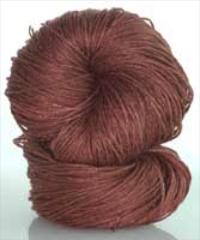
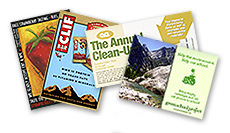

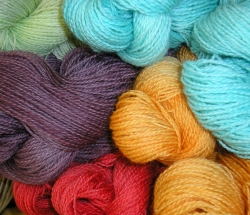

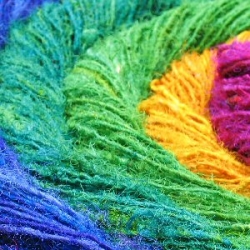

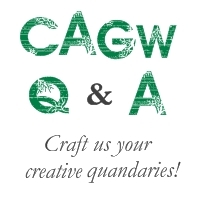
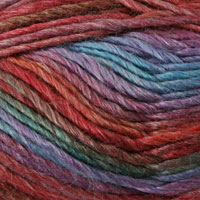
how awesome! I never knew linen meant flax, I always thought it was a weave of cotton. There are very few yarns that feel very summery to me- but linen would be it. Maybe there is a yarn for each season 🙂
how awesome! I never knew linen meant flax, I always thought it was a weave of cotton. There are very few yarns that feel very summery to me- but linen would be it. Maybe there is a yarn for each season 🙂
how awesome! I never knew linen meant flax, I always thought it was a weave of cotton. There are very few yarns that feel very summery to me- but linen would be it. Maybe there is a yarn for each season 🙂
how awesome! I never knew linen meant flax, I always thought it was a weave of cotton. There are very few yarns that feel very summery to me- but linen would be it. Maybe there is a yarn for each season 🙂
Any time you’re dealing with a bast fibre, like linen, hemp and ramie, its worth it to find out how its processed. As someone who spins her own yarn, I know that all three of these fibres can be processed in ways which negate their otherwise outstanding ecological worth. I’m not going to point fingers, but hemp from companies that don’t make a point of using less toxic chemicals and dealing with their waste is iffy, to say the least. Linen can also cause massive pollution during its processing. In the 19th century it actually killed some of the bodies of water in Ireland that it was processed in.
A nice solution is to buy your hemp from people who are pointedly focused on the environment and allow their factories to be inspected by reputable 3rd parties. For linen, you can choose “dew retted” linen that isn’t processed in a tank of water, but left to process itself in the moisture of the field, where soil microbes will deal with any weird run off (is there nothing compost won’t do?).
Aside from that, enjoy knitting with linen–I made a pair of socks out of it three years ago and they are still in one piece (anyone who handknits socks knows that’s a miracle) and getting softer with every wash. Linen is tough and making things that last and don’t need replacing is definately part of being green.
Any time you’re dealing with a bast fibre, like linen, hemp and ramie, its worth it to find out how its processed. As someone who spins her own yarn, I know that all three of these fibres can be processed in ways which negate their otherwise outstanding ecological worth. I’m not going to point fingers, but hemp from companies that don’t make a point of using less toxic chemicals and dealing with their waste is iffy, to say the least. Linen can also cause massive pollution during its processing. In the 19th century it actually killed some of the bodies of water in Ireland that it was processed in.
A nice solution is to buy your hemp from people who are pointedly focused on the environment and allow their factories to be inspected by reputable 3rd parties. For linen, you can choose “dew retted” linen that isn’t processed in a tank of water, but left to process itself in the moisture of the field, where soil microbes will deal with any weird run off (is there nothing compost won’t do?).
Aside from that, enjoy knitting with linen–I made a pair of socks out of it three years ago and they are still in one piece (anyone who handknits socks knows that’s a miracle) and getting softer with every wash. Linen is tough and making things that last and don’t need replacing is definately part of being green.
Any time you’re dealing with a bast fibre, like linen, hemp and ramie, its worth it to find out how its processed. As someone who spins her own yarn, I know that all three of these fibres can be processed in ways which negate their otherwise outstanding ecological worth. I’m not going to point fingers, but hemp from companies that don’t make a point of using less toxic chemicals and dealing with their waste is iffy, to say the least. Linen can also cause massive pollution during its processing. In the 19th century it actually killed some of the bodies of water in Ireland that it was processed in.
A nice solution is to buy your hemp from people who are pointedly focused on the environment and allow their factories to be inspected by reputable 3rd parties. For linen, you can choose “dew retted” linen that isn’t processed in a tank of water, but left to process itself in the moisture of the field, where soil microbes will deal with any weird run off (is there nothing compost won’t do?).
Aside from that, enjoy knitting with linen–I made a pair of socks out of it three years ago and they are still in one piece (anyone who handknits socks knows that’s a miracle) and getting softer with every wash. Linen is tough and making things that last and don’t need replacing is definately part of being green.
Pingback: Yearn Worthy Yarn: Savannah : Crafting a Green World
Pingback: Yearn Worthy Yarn: Ecoyarns (AU) : Crafting a Green World
Pingback: Fab Fabrics: Linen Me – Crafting a Green World